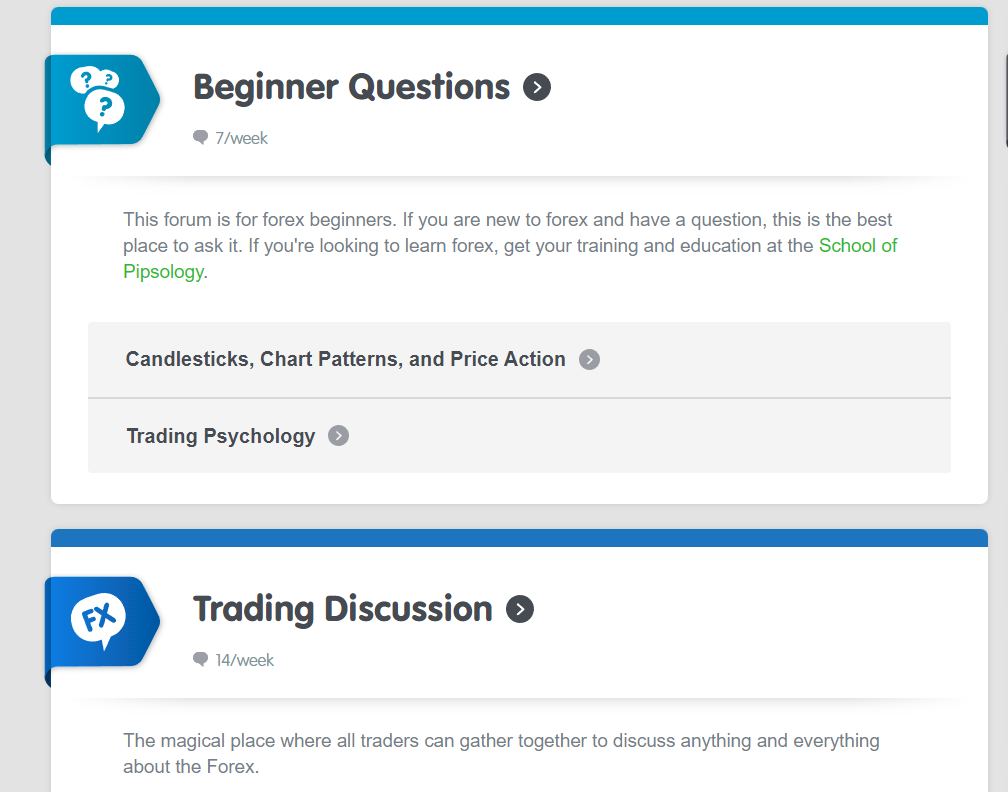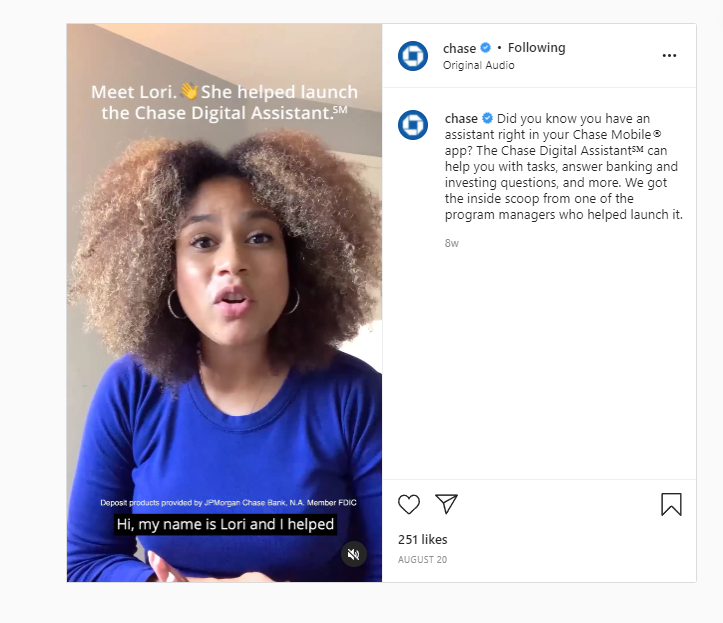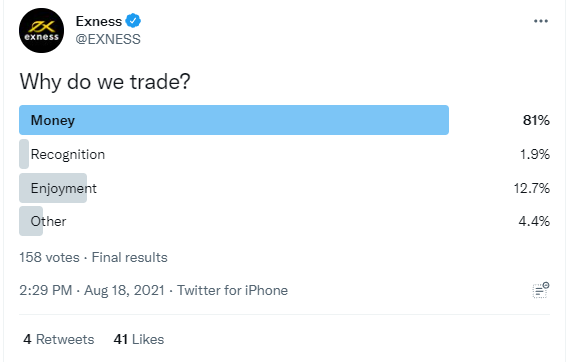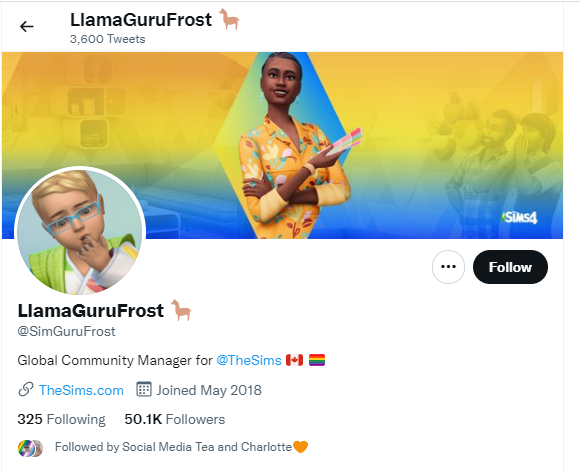Thinking community management and social media management are the same? Or, perhaps you hired one person to do it all? Tut tut. Both these roles are considerably time consuming and require their own unique strategy. But what’s the difference between the two? Community Management and Social Media Management – What’s the Difference? Pour yourself a coffee, it’s about to get interesting.
Social Media Management
Social media management is all about creating posts and managing your brand image across your social media channels. The job involves creating content, monitoring comments, following trends/ influencers and also answering questions from a brand perspective. It’s also essential to track campaigns through analytics and keep watch of competitors.
Social media management is all about creating copy specifically tailored to the needs of your target audience. As everything you post is directly tied to your brand, it’s important to ensure your posts are engaging, interesting and helpful to keep people coming back for more. In the finance space, brands like eToro do this by creating investment updates, polls and by using different content types such as podcasts to keep things entertaining. A social media manager is responsible for coordinating all the assets needed to manage channels. That includes images, gifs, videos, contests, terms and conditions, live videos, events and more.

Community Management
In contrast to social media management which revolves around your brand, community management is all about venturing into the wider digital landscape and extending your brand’s outreach authentically. People love to feel part of a community and regularly engage with topical discussions online. Many of these conversations are high level and niche to a specific industry. They therefore require the attention of an internal expert who can engage with professionalism and accuracy.
It’s the job of the community manager to nourish communities and advocate brands on social networks. They often create their own social personas in order to connect with potential customers, many of which may never have heard of a particular brand. Community management is all about hitting up relevant industry related forums, review sites, chat channels and more, with popular community management spots for finance including Reddit, Quora, Telegram, Babypips, DigitalCashPalace and Forex Peace Army. For example, community managers could access relevant forums such as ‘beginner questions‘ and provide links to FAQ pages. Whereas review sites could include Joseph from the UK talking about his great experience with a forex company. Of course, Joseph would be the profile of a community manager, but the idea is to get a brand name ‘out there.’

Nail Your Social Media Management Strategy in 5 Simple Steps
It’s all well and good having a social media presence, but if you’ve 100 followers, your engagement will be bad. For this reason it’s really important to build and nourish your social media community. And this can be done in 5 simple steps.
#1 Know Your Demographic
It’s impossible to create a tailored social media strategy or use the correct lingo if you don’t know who you’re talking to. After all, you wouldn’t talk to your grandma in the same way as your friends down the pub and this mindfulness needs to be applied to social management.
One of the best things you can do is to use tools like Google Analytics to understand your audience. Look at specifics such as age, gender, location and platform usage times as this will help you to decide which social channels to target – and when. Younger generations, for example, are becoming increasingly interested in trading. So if you find them coming your way, nourishing a TikTok community could be beneficial. Believe it or not, the TikTok hashtag #investing has amassed over 1 billion views on the mobile video app as GenZ and Millennials learn more about the stock market.
Banks such as Chase also keep their younger, tech-savvy audience entertained by not only having an app but by promoting features such as the Chase Digital Assistant on channels such as Instagram. This is a clever way to introduce key team members and give your social interaction a sense of authenticity. Recent research has revealed that 91% of consumers are willing to reward a brand for its authenticity with a purchase, investment or endorsement, while 62% would purchase from a brand they regard as authentic.

#2 Keep Things Simple
We live in a world of scrollers. It’s as simple as that. So if you want to capture people’s attention, improve engagement and get crucial brand feedback, you’ve got to keep things simple. Make your engagement entry-points easy. Think polls and surveys with multiple-choice answers. That way people can just click without having to think too much. Don’t forget to share the results with your followers and thank them for taking part.

You can also ask questions relevant to your industry in order to start conversations. Always monitor the chat and join in so people know you’re watching and care about their response. Retweeting or acknowledging comments is a good way to form bonds with consumers.
#3 Actively Reach Out to People
Effective social media management isn’t just about plugging new products or talking about your brand continuously. A great way to make connections is to actively engage with followers. You can also interact with industry leaders or finance influencers as this will help you to get your brand name out and about. This leads us nicely onto curated content. If someone has posted something that’s relevant to your brand, share it with a quick shout out. This will populate your channel and interest your followers while attracting interest from different accounts. It’ll also humanise your interaction and make it less robotic. Try to engage with high-level accounts with similar demographics. This requires research but will attract the right people to your community.
#4 Be Passionate About What You Do
Would you attend a party someone didn’t want to throw? One with no music, no food and no dancing? I mean come on! It’s the same as social media. People want to be where the fun is. So forget dry and repetitive content and instead show your passion in a range of engaging ways. When it comes to social media management and keeping people interested within the financial space, you could try:
- Fireside chats – this is a great example from Robinhood
- Influencer/celebrity collaborations with an incentive – Revolut partnered with legendary boxer Anthony Joshua offering VIP tickets to those with a Revolut Anthony Joshua card. This sort of exclusive content is a great way to grow community excitement and make people feel special. If you don’t have the budget for such a high-profile collaboration, fear not. Search for micro-influencers within your sector with high engagement levels. This can also be a beneficial pairing, especially if it promotes content exclusively to your community.
Navigating Your Way Around Community Management
Once you’ve got your head around direct brand representation across social channels, you may decide it’s time to venture further afield. Community management can be a time-consuming role and one that needs to be navigated with care. Whether you’ve dabbled in it before, or not, here are several things to consider.
#1 Create A Unique Account
A community manager will often post as a brand ambassador under their own account, not the brand’s, and work on developing the community by participating in discussions, finding new customers and listening to current ones. The community manager can also create a separate social account with the brand name in the username. This helps link them to the brand while creating a more individual voice that can engage as a member of the community. A user account of this kind will say something like ‘I’m so excited for XXX new trade feature’ and avoid using a brand name. This technique is commonly used in gaming but is easily transferable to finance.

#2 Head to Relevant Forums
If you’re a forex company about to launch crypto assets, it’s a good idea to check out public perception around this to spot areas of strength as well as weakness across the industry. One of the best ways to do this is to visit relevant crypto forums such as The Crypto Room on Telegram. This is a public forum that welcomes talk about crypto trading strategies, news, and technical analysis. One of the things you could do is report back your findings to influence people and provide more constructive content. For example, you might find that people are asking about the different cryptos available, and this could lead to your own branded blog explaining each crypto, its relevance, features, etc. You can also give suggestions on how to buy koda coin (or other cryptocurrencies) and different platforms people can use to trade crypto. Moreover, if you have an interest in blockchain, you can dwell on NFTs, metaverse, etc., and create more content that could attract attention to your company.

Another thing you could do it to actively engage in topical discussions and chats in order to answer brand-related questions. If you find the same queries are cropping up, feel free to share your knowledge with the forum and guide them towards your education centre if the forum rules allow such engagement. Making a note of all queries and questions could also inform your content team and allow them to create educational content people want to see.
#3 Stay on Top of Brand Mentions
While a large part of being a community manager is venturing into new conversations and facilitating community growth, it’s also necessary to monitor brand mentions. This will allow you to go where people are directly talking about your brand. From there you can throw yourself into brand-related conversations in order to find out more about what potential customers want or need. Remember, you’ll look like someone from the community, but can direct the conversation positively or raise certain topics. Or, you can simply fact gather and be a silent lurker! Sounds creepy but it works and all the big brands are doing it to understand brand sentiment. This is especially true if you’re handling the aftermath of a PR disaster!
Social listening tools can help you monitor several social media platforms in one place. You can check mentions of your brand, relevant keywords, and direct feedback through tags and DMs. Additionally, when you can integrate your various social media accounts, you’ll see all your analytics in one area. Some of the best social media listening and tracking tools include Agorapulse, Sprout Social, Keyhole, Mention, TweetReach, Buffer and more.
As you can see, nurturing a social media community is one thing while venturing out into the community and building authenticity and trust on an industry-scale as well as a branded-scale is another. Both require dedication, a skilled team, a substantial budget and time to get the required results. Listen up CMOs, community nourishment and brand building doesn’t happen overnight, so be kind to your teams and give them space to work.
Talk to our team about social media or community management. We can help develop your branding and improve your online reputation. We’ve got you covered on social media strategy, articles, social media management, videos, e-books, web content, PR management and more.
Enjoyed reading Community Management and Social Media Management – What’s the Difference? Go ahead and give it a share!